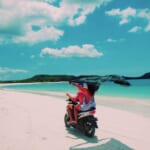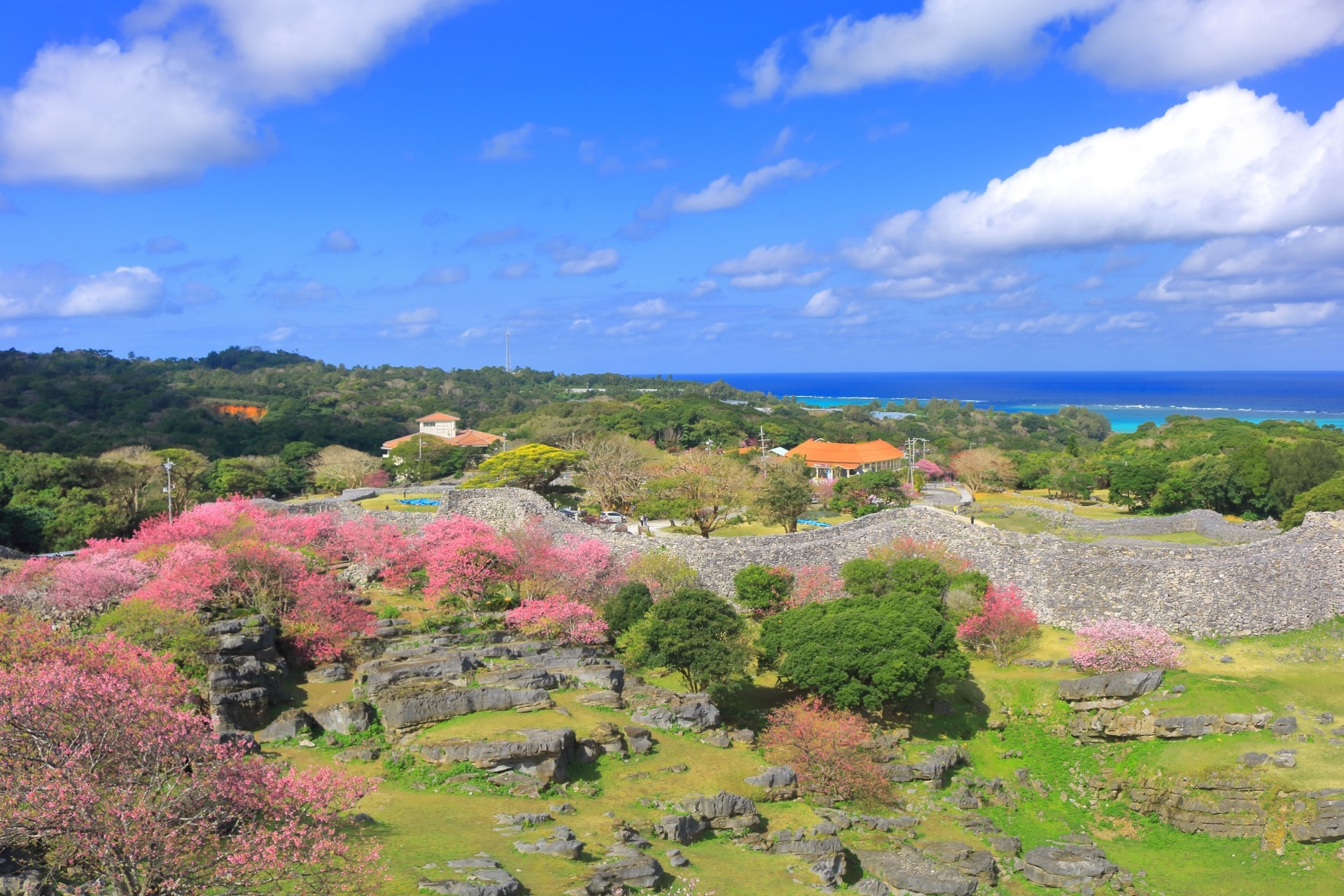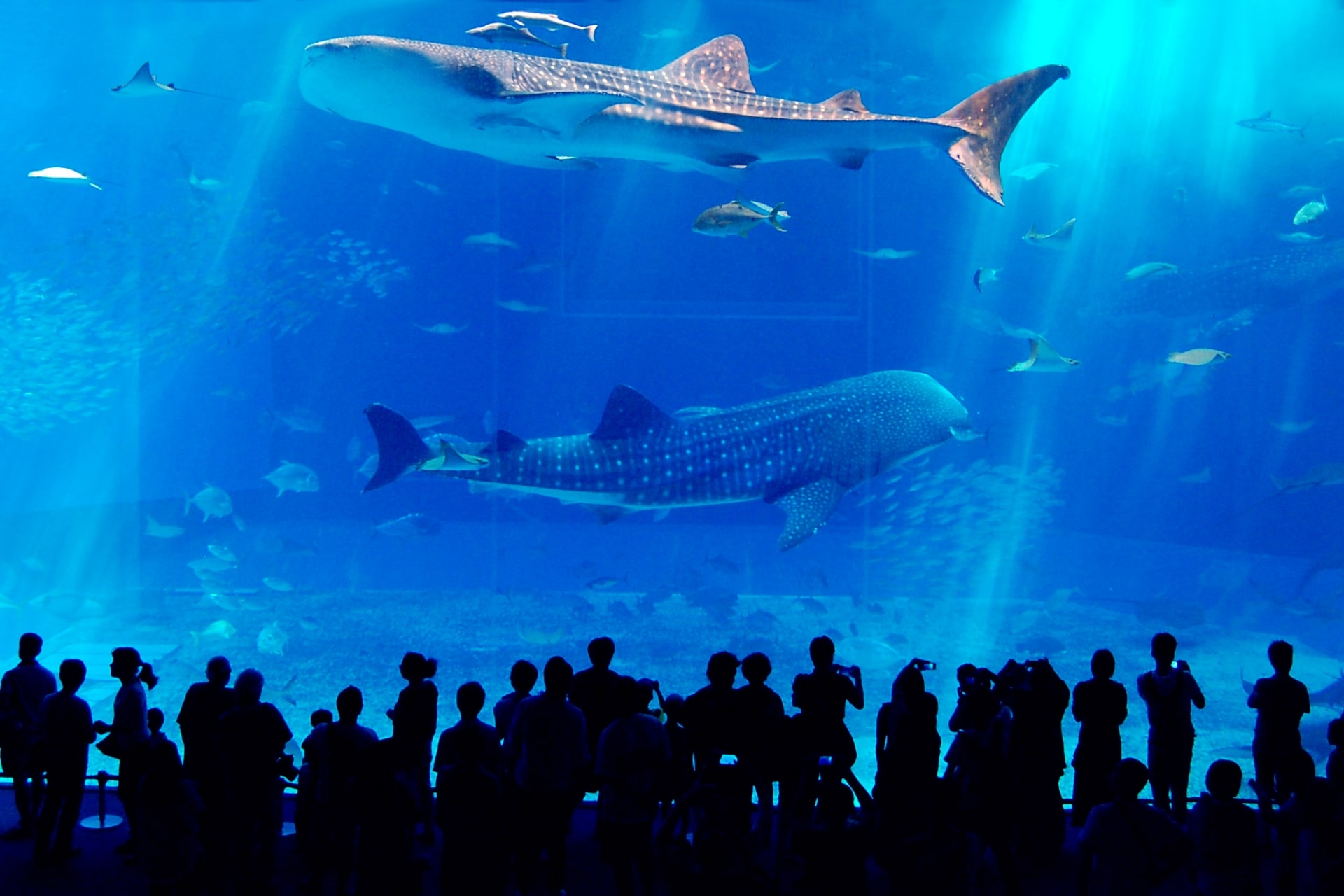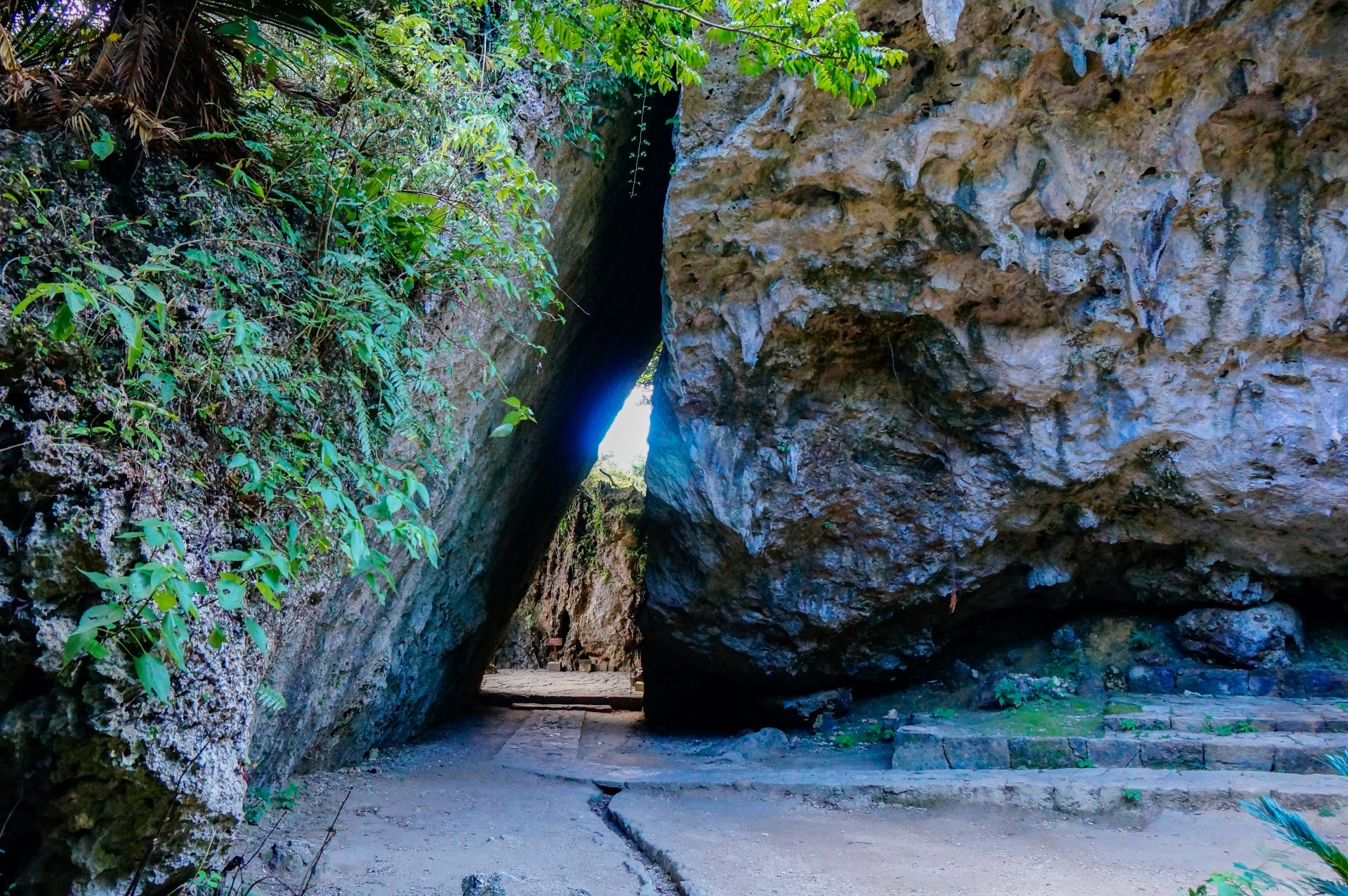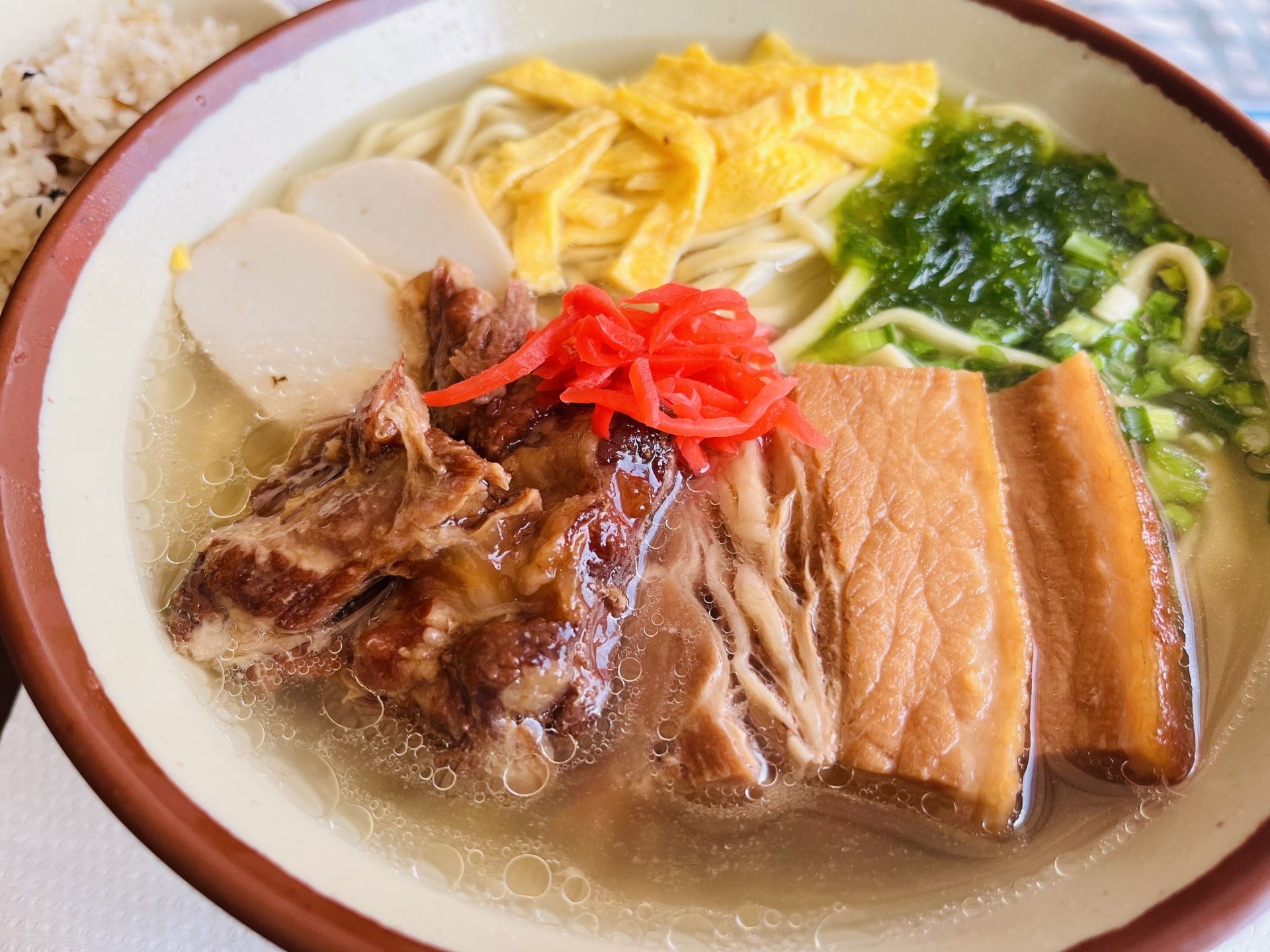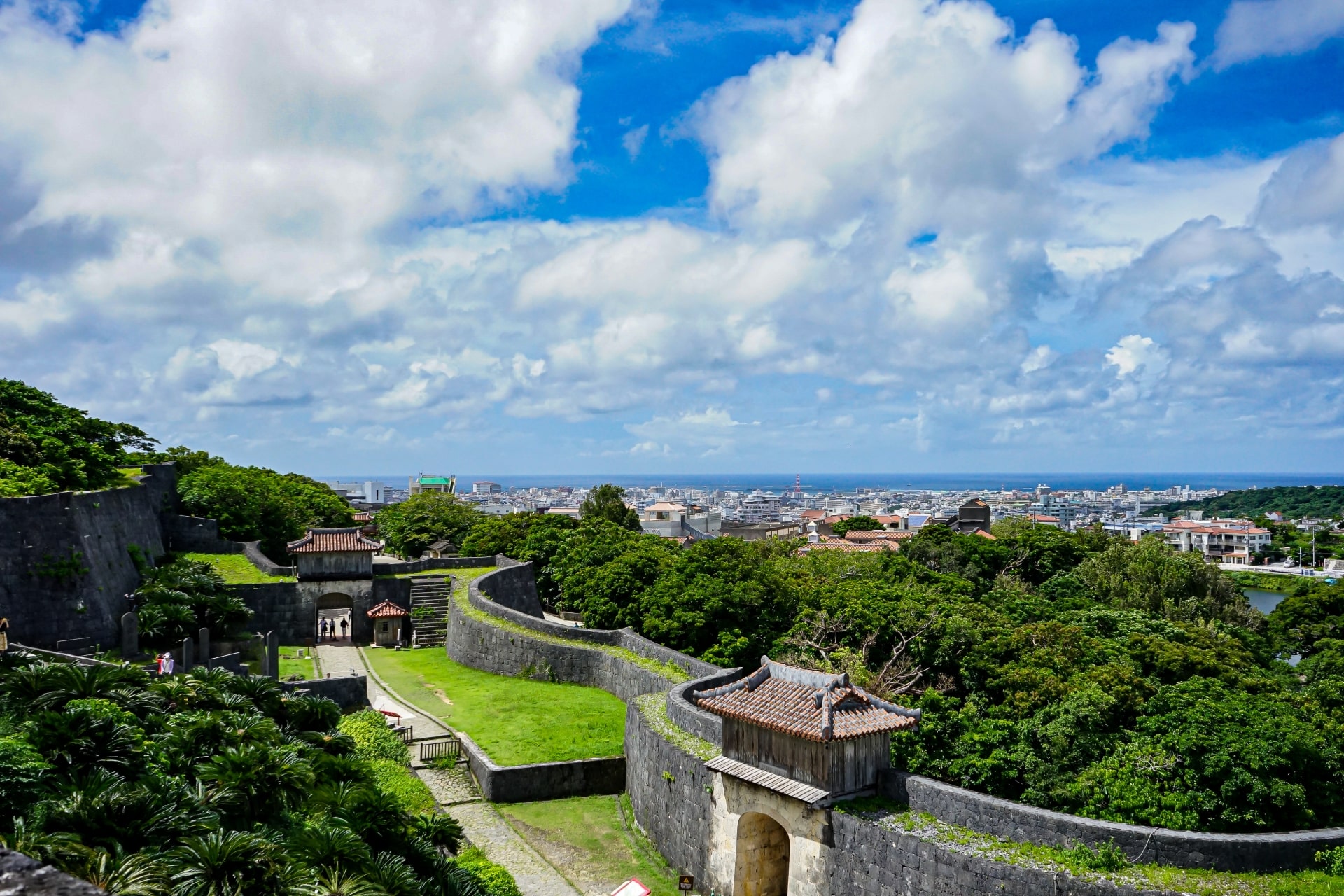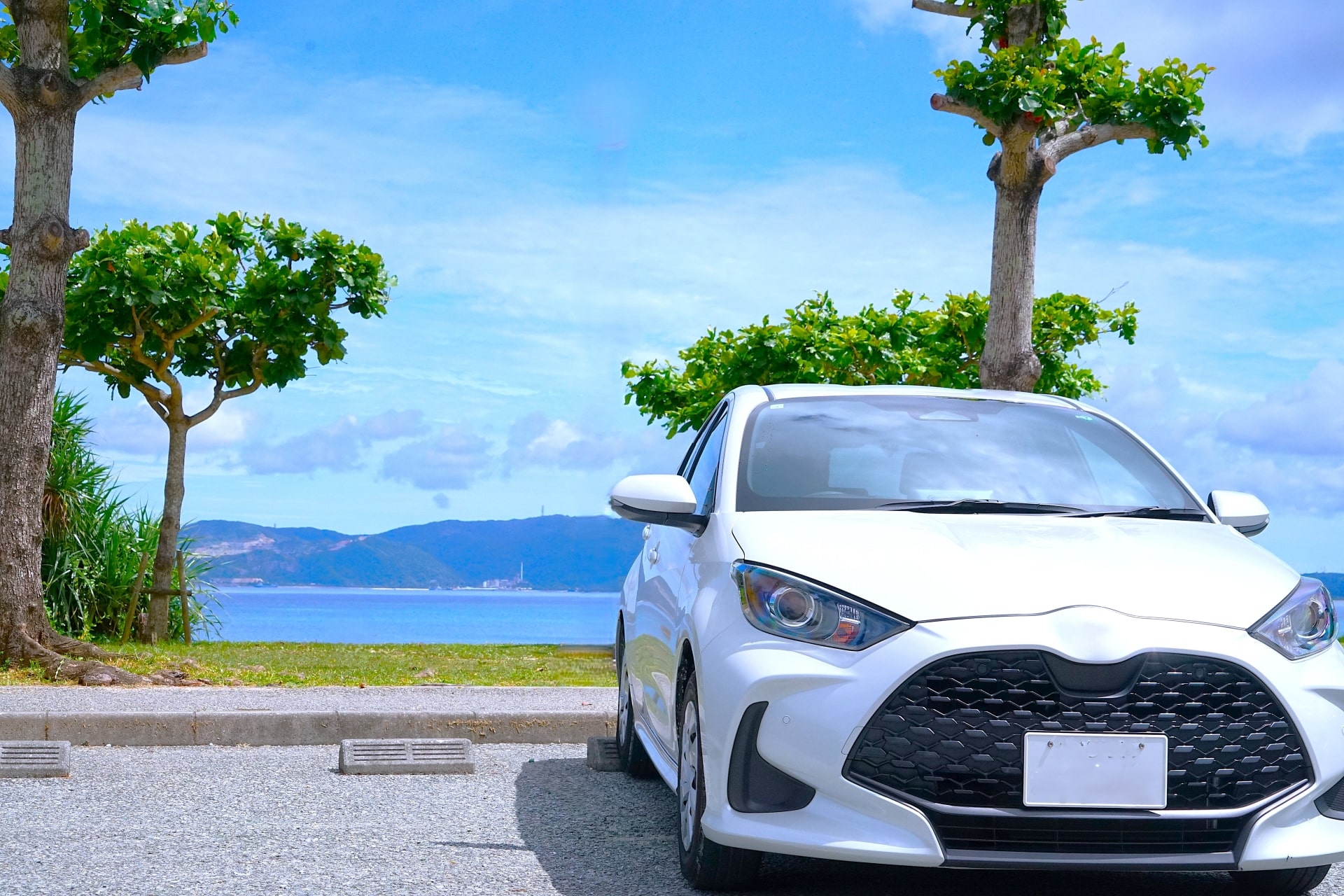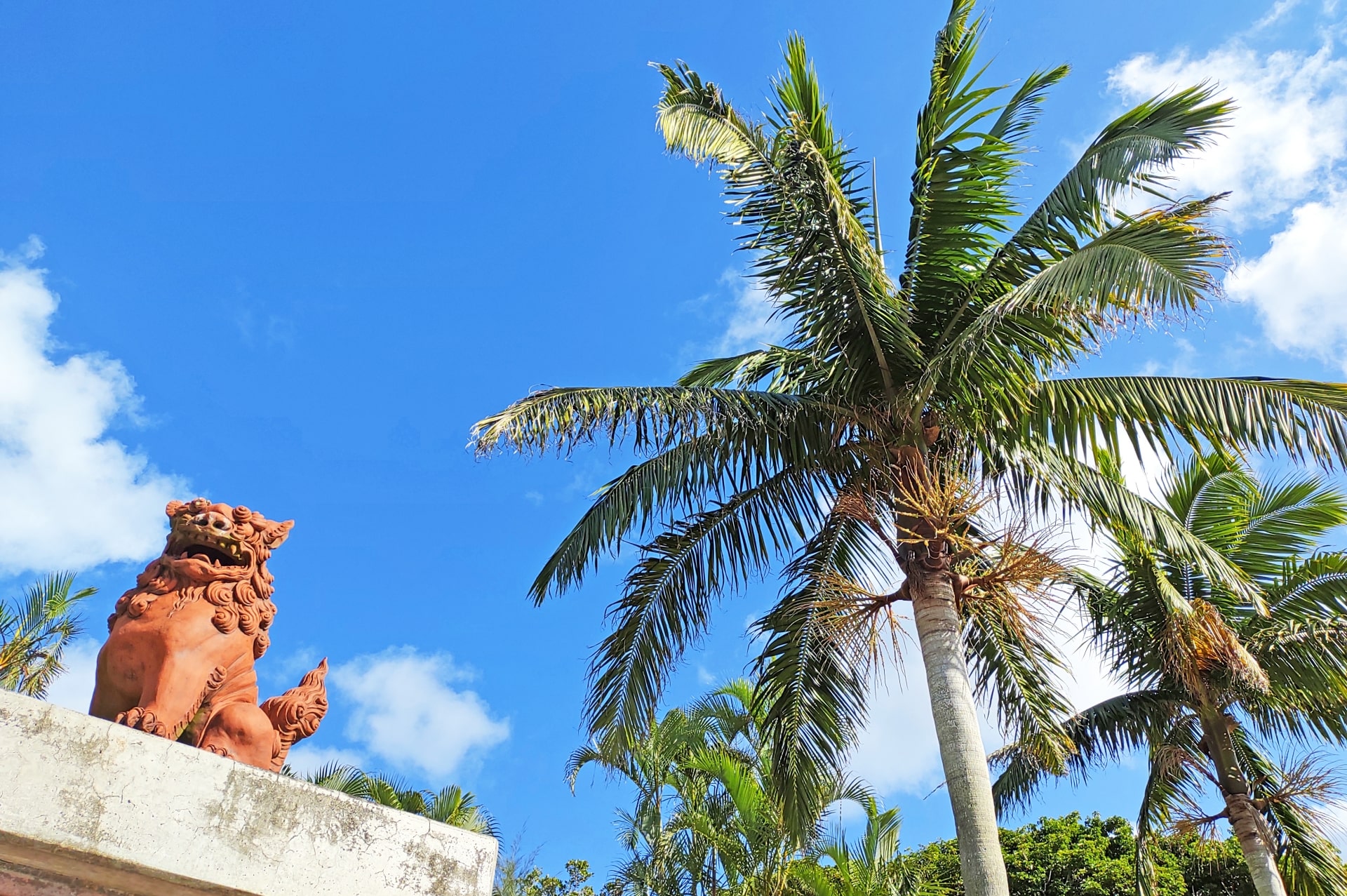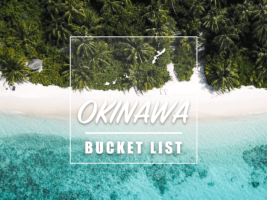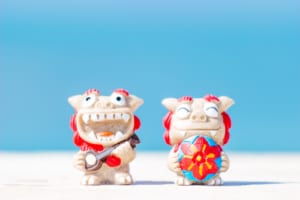The Ultimate Okinawa Winter Guide 2025
Guide to Okinawa in Winter: Best Things to Do, Itineraries and Travel Planning
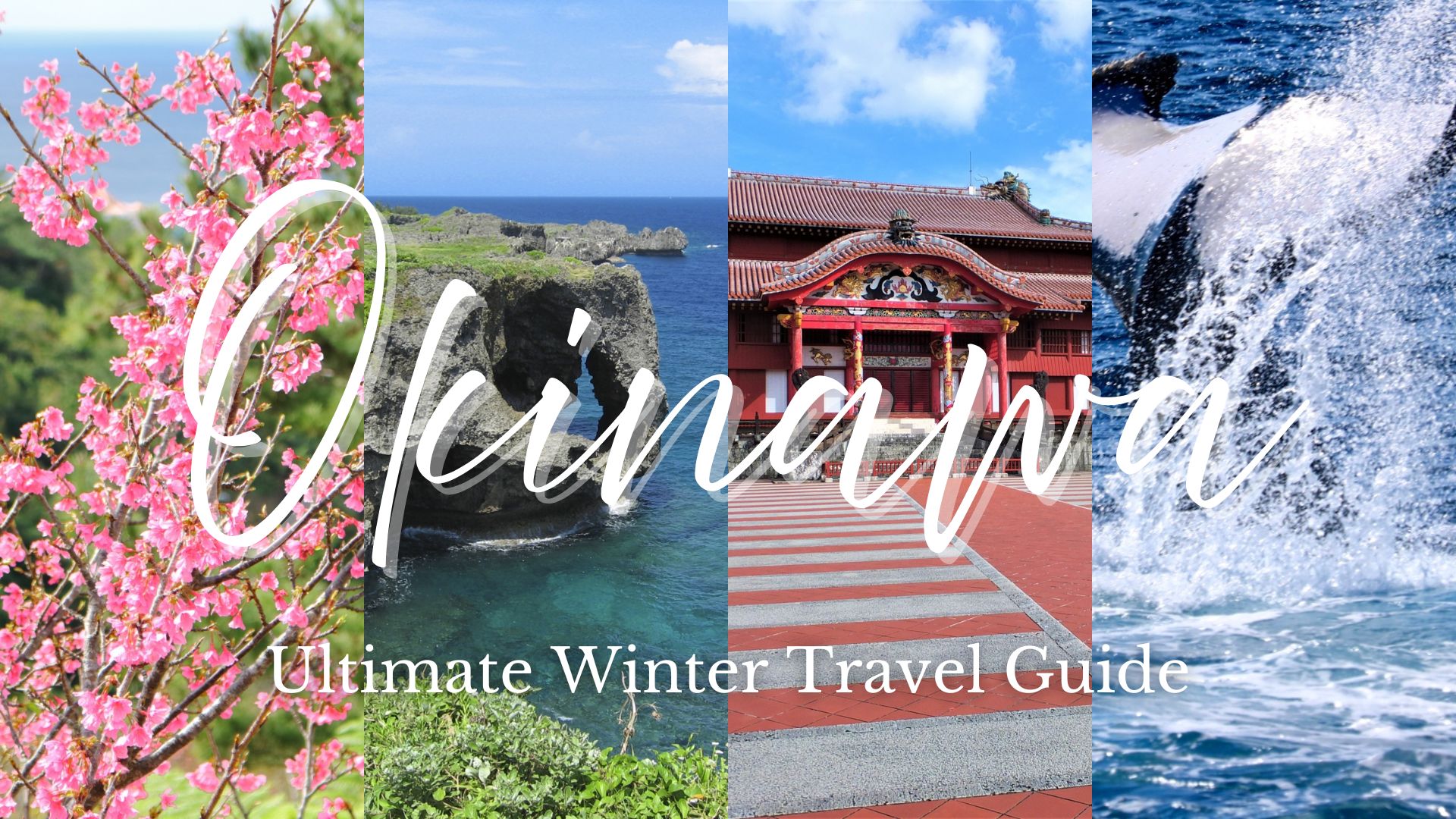
Tired of Tokyo’s chilly winter? Escape to Okinawa, Japan’s best-kept winter secret. This 2025 Okinawa Winter Guide reveals how to enjoy the islands’ mild weather, clear skies, and peaceful charm without the summer crowds. Experience unique seasonal highlights, like whale watching and Japan’s earliest cherry blossoms, while saving significantly on flights and stays. Get insider tips, map-based itineraries, packing advice, and learn why renting a car is essential to fully explore this tropical archipelago. Transform your winter into an unforgettable island retreat!
Why Visit Okinawa in Winter? 5 Reasons It’s a Brilliant Idea
While most travellers picture the islands in summer with sun-drenched beaches, diving spots, and lively resorts, Okinawa in winter is absolutely worth it. From December to February, Okinawa offers the best value and unique experiences. Trade scorching heat and peak-season crowds for a more comfortable, authentic, and surprisingly eventful experience. This is the time of year when you can connect with the island’s true character.
1. Experience Awe: Get Up Close with Humpback Whales
The number one reason to visit between January and March is the arrival of majestic humpback whales. They travel to Okinawa’s warm waters to breed and raise their calves. Seeing a multi-ton creature breach the water’s surface is a truly unforgettable, humbling experience that you just can’t get in the summer.
2. See Japan’s First Cherry Blossoms of the Year
Forget April, as the cherry blossom season starts in late January in Okinawa. The local kanhizakura variety has a vibrant, deep pink color, completely different from the pale blossoms on the mainland. It’s a beautiful and much less crowded way to enjoy one of Japan’s most iconic sights.
3. Enjoy Lower Prices and Fewer Crowds at Major Sights
Winter is Okinawa’s off-season, which is great news for your wallet and your peace of mind. Flights and hotels are often significantly cheaper. More importantly, you can explore popular spots like the Churaumi Aquarium or Shuri Castle Park without navigating through a sea of tourists, allowing for a more relaxed and immersive visit.
4. Perfect Weather for Exploring Castles and Culture
Okinawa’s summer humidity can be intense, making long walks around historical sites exhausting. The mild winter weather, with average temperatures around 17°C (63°F), is perfect for comfortable sightseeing. You can spend hours exploring Okinawa’s World Heritage Sites, wandering through castle ruins and traditional villages, all without breaking a sweat.
5. Savor Heart-Warming Okinawan Cuisine
There’s nothing better than warming up with a delicious bowl of Okinawa soba after a day of exploring. The local cuisine, rich with nourishing ingredients like goya (bitter melon) and island pork, feels especially satisfying in the cooler weather. It’s the perfect comfort food to complete a day of adventure.
Okinawa’s Winter Weather: What to Actually Expect and Pack
While you’re escaping the freezing temperatures of mainland Japan, remember that Okinawa’s winter is mild, not tropical. Naha’s average temperature from December to February hovers around a pleasant 17°C (63°F)—a huge jump from Tokyo’s average of 6°C (43°F). However, two key factors require smart packing: wind and cloud cover. North winds, especially along the coast, can make the “feels like” temperature noticeably cooler. You can also expect moderate winter rainfall (around 100–130mm per month), so proper layering and a windproof jacket are essential for comfortable outdoor exploring.
Temperature: A Quick Look at the Numbers
| Month | Naha (Okinawa) | Tokyo |
| December | 21°C (high)/17°C (low) | 10.4°C (high)/2.8°C (low) |
| January | 20.7°C (high)/15.3°C (low) | 5.8°C (high)/1.8°C (low) |
| February | 22.7°C (high)/17.8°C (low) | 7.0°C (high)/2.8°C (low) |
Average Monthly Rainfall (mm)
| Month | Naha (Okinawa) | Tokyo |
| December | 117mm | 67mm |
| January | 107mm | 43mm |
| February | 128mm | 58mm |
The Packing List: Beyond Just a T-Shirt
To stay comfortable, layering is your best strategy. Think long-sleeved shirts, a fleece or sweater, and a protective outer layer. Jeans or comfortable long pants are a must. While you might see some locals in short sleeves on a sunny day, as a traveller who will be out all day, it’s better to be prepared. My personal recommendation would be is a lightweight, waterproof windbreaker.
How Much Does a Winter Trip to Okinawa Cost?
Before you start mapping out your winter itinerary, it’s worth understanding what a trip to Okinawa actually costs during the cooler months. The great news is that winter is considered the island’s off-season, meaning lower airfares, better hotel availability, and plenty of deals for savvy travellers. Here are budget expectations and tips to save on flights, hotels, transport.
Seasonal Price Comparison: Winter vs Summer
Visiting Okinawa in winter offers significant savings compared to the busy summer months. Round-trip flights from Tokyo to Naha typically range from ¥14,000–¥40,000 in winter, while summer fares can be 30–50% higher. Airlines often run special low-season deals, making it even easier to find budget-friendly flights. Mid-range hotels cost around ¥5,000–¥12,000 per night, roughly half of peak-season rates, and luxury resorts often offer discounted winter packages.
Winter not only lowers costs but also provides better availability, quieter attractions, and a more relaxed, authentic Okinawan experience.
Winter Travel Deals & Discounts (2025 edition — what to look for)
- Airline Promotions & Sales: Winter is a great time to find value-packed travel deals. Airlines like Solaseed Air and major booking platforms often offer seasonal promotions with discounted domestic fares or bundled flight-and-hotel packages. Be sure to check official website for promo codes and flash sales during winter.
- Local Coupon Books & Passes: Okinawa offers great local deals, such as the Okinawa Traveler Coupons and Okinawa Tokutoku Pass, which include discounts on attractions, dining, and car rentals. Always check official tourism sites before your trip for the latest offers.
When Should You Book?
- Avoid: Late December → early January (New Year holiday) — this is high demand; prices spike and inventory tightens. Airlines and hotels may have blackout dates during this window.
- Best Value Window: Late January → mid February — after New Year demand fades but before spring breaks; flight and hotel prices are typically at their lowest and availability is good. This aligns with common travel-industry low-season pricing patterns.
- Booking Tips: Solaseed Air often releases special seasonal fares. Book as soon as you see a fare you like as those seats go fast. For hotels, 2–8 weeks ahead usually captures good mid-winter rates or book earlier for specific resorts or if you need particular room types.
▶︎ Ready to plan your trip? Check flight tickets to Okinawa now before seasonal fares sell out.
How to Get from Tokyo to Okinawa
Flying is by far the most convenient way to reach Okinawa from Tokyo, with multiple daily options from both Haneda (HND) and Narita (NRT) airports.
For travellers looking for a comfortable, budget-friendly option, Solaseed Air is a standout choice. Operating primarily from Haneda Airport, it offers direct flights to Naha Airport, a much more convenient option than departing from Narita. Solaseed Air’s fares are often 20–40% lower than full-service carriers, yet the airline maintains reliable service, comfortable seating, and a generous 20 kg checked baggage allowance included in the fare. Prices can be even lower when booked early or during seasonal promotions, and optional add-ons such as in-flight meals allow travellers to tailor costs to their needs.
For a more comprehensive look at all travel options from Tokyo to Okinawa, including flight tips, price comparisons, and alternative transportation methods, see our full guide: How to Get from Tokyo to Okinawa: Best Transportation Options, Flight Tips, and Price Comparison
Actionable Okinawa Winter Itineraries
Here are map-based, step-by-step plans for your 1, 3, or 5-day trip, showing you how to connect them into a logical, enjoyable journey. These itineraries are designed to be realistic, minimizing backtracking and maximizing your experience, whether you have a single day or a full week.
First, a Crucial Tip: Renting a Car
Before we dive in, here’s the most important advice: outside Naha city center, Okinawa’s public transport isn’t very convenient for tourists. Relying on buses and worrying about missed connections can eat up a lot of your precious time. Renting a car gives you the freedom to explore at your own pace. It’s also a good idea to bring a smartphone holder so you can use an online map as Japan’s built-in navigation systems can be tricky to use if you’re unfamiliar with them.
The 1-Day Power Plan: Whales & Southern History
This plan is perfect if you’re on a short trip and want to hit the absolute must-do winter highlights around Okinawa’s capital Naha.
- Morning (9 AM — 12 PM): Join a pre-booked whale watching tour departing from a port in or near Naha.
- Lunch (12:30 PM): Head to Makishi Public Market to grab fresh seafood or a classic bowl of Okinawa Soba.
- Afternoon (2 PM — 4 PM): Explore the magnificent history of the Ryukyu Kingdom at Shuri Castle Park.
- Evening: Stroll down the lively Kokusai-dori street for souvenirs and dinner.
The 3-Day Explorer: Aquarium, Culture, and a Scenic Drive
With three days, you can cover the essentials and add the world-famous aquarium and a beautiful coastal drive.
- Day 1: Follow the 1-Day Power Plan.
- Day 2 (Northward): Pick up your rental car. Drive north along the scenic western coast, stopping at the dramatic Cape Manzamo. Spend the afternoon at the incredible Okinawa Churaumi Aquarium. Stay overnight in the Motobu or Nago area.
- Day 3 (Return to Naha): Drive back towards Naha, stopping to explore the traditional Tsuboya pottery district. In the afternoon, consider a unique experience like a Karate history tour to understand its Okinawan roots.
The 5-Day Ultimate Escape: Deeper into Nature and Local Life
Five days allows for a much more relaxed pace, letting you soak in the local atmosphere and explore unique cultural sites.
- Days 1–3: Follow the 3-Day Explorer plan.
- Day 4 (Cherry Blossoms): This is your cherry blossom day! Depending on the exact timing of your visit (late Jan to early Feb), visit the Nago Castle Park or the Nakijin Castle Ruins for some of the best viewing spots.
- Day 5 (Sacred Sites & Cafes): Drive south from Naha to explore the powerful and serene Sefa-Utaki, a UNESCO World Heritage site. On your way back, stop at one of the many charming cafes along the southern coast for coffee with an ocean view.
Your Okinawa Winter Questions Answered (FAQ)
Q. Can you swim in Okinawa in winter?
A. While the water temperature is around 21°C (70°F), which is swimmable for some, most beaches are officially closed, meaning no lifeguards or safety nets. It’s generally better to enjoy the coastal views and save swimming for a summer trip. Wetsuits are needed for diving or snorkeling.
Q. What is there to do in Okinawa when it rains?
A. Rainy days are a perfect opportunity to explore indoor attractions. The Okinawa Churaumi Aquarium is an obvious top choice. You can also visit the Okinawa Prefectural Museum & Art Museum in Naha, try a traditional Ryukyu glass-making class, or spend hours exploring the shops under the covered arcades near Kokusai-dori.
Q. Is Okinawa cheap to visit in winter?
A. Generally, yes! Winter is Okinawa’s low season, which means you can often find great deals on flights with airlines like Solaseed Air and discounted accommodations compared to the busy summer or holiday periods. Most attractions and restaurants remain open year-round, so you can enjoy the same experiences while keeping your overall trip costs lower.
▶︎ Take advantage of the low-season rates and check flight tickets to Okinawa now.
Q. How many days are enough for Okinawa in winter?
A. I’d recommend a minimum of three days if you’re renting a car. This allows you to cover Naha and one other major region (like the aquarium in the north) without feeling rushed. Five days is ideal to explore the main island at a comfortable pace.
Q. Do I need to book whale watching tours in advance?
A. Yes, I highly recommend it, especially if you plan to go on a weekend. Tours can sell out. My personal recommendation is to choose a tour on a larger boat if you’re prone to sea-sickness as the winter waves can be choppy, and a bigger boat generally offers a more stable and comfortable ride.
Ready to Plan Your Unforgettable Trip?
So there you have it. Winter in Okinawa is a uniquely rewarding experience filled with majestic wildlife, early blossoms, and rich culture, all without the crowds. Planning a trip can feel overwhelming, but with these practical tips and map-based itineraries, you can easily customize your journey. Your perfect island adventure is just around the corner.
Best of all, make your escape simple with Solaseed Air, offering affordable and comfortable flights that connect Tokyo to Okinawa in just a couple of hours. It’s time to trade the winter chill for sun, sea, and unforgettable memories.
For more information about traveling to Okinawa, check out the following articles!
Written by
"The world is my oyster." As a dedicated globetrotter and hammock enthusiast, I’ve spent years chasing new experiences, collecting stories, and discovering the world’s most incredible destinations. Born and raised in Japan, I’ve always had a deep connection to my roots, but my love for adventure has led me to spend over a decade exploring countries across the globe—from culture-rich cities to remote hideaways.
Travel isn't just a hobby for me; it's a lifestyle. I'm constantly searching for new ways to fuel my wanderlust. Over the years, I’ve developed a wealth of knowledge and a treasure trove of tips that make traveling more enjoyable, practical, and meaningful.
Through my experiences, I've come to appreciate not only the beauty of travel but also the importance of understanding diverse cultures, embracing the unfamiliar, and stepping out of my comfort zone. My travels have shaped who I am today, and I’m excited to share those lessons with others.
With Japan Web Magazine, I aim to offer practical advice, insider tips, and firsthand stories that help travelers navigate their journeys to Japan or setting off on a global adventure. From hidden gems in Japan to travel hacks that make any trip smoother, I hope my insights inspire you to embark on your own adventures and make the most of every moment. Let’s explore the world together!
You can also find my stories here ▶ https://medium.com/@nahobm
